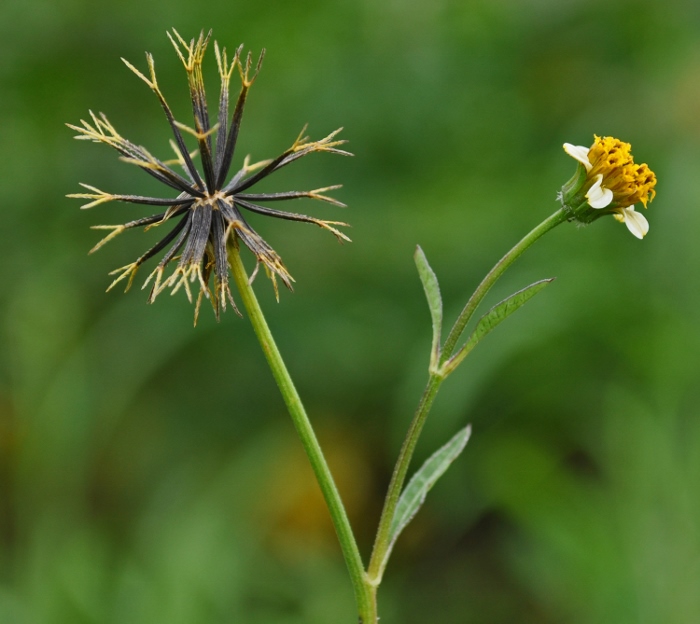Naturalised weeds are annoying, but some of them serve good purposes.
So you thought it was simple ~ a weed is an unwanted plant that grows where people decide it shouldn’t. Then some curious people ask how long should a plant be resident in a country before it gets its naturalisation papers?
The castor oil plant (Ricinus communis) is used as an example: the plant hails from East Africa and is categorised in the dreaded NEMBA regulations as a Category 1b alien plant. Apparently however, Eastern Cape archaeologists have found seeds of the plant in archaeological sites dating back 10 000 years. But SANBI still describes it as a naturalised exotic. What does that mean? According to SABONET: “Naturalised plants are alien plants that reproduce consistently and sustain populations over many life cycles without direct intervention by humans.”
Basically it means that the plant comes from another country, but is able to establish itself in the wild in its adopted country.
Dodder
Cuscata campestris is that leafless yellow thread-like plant that you see twined around the stems of other plants. It is parasitic and is a Category 1b weed originating in North America. If left uncontrolled it can have a serious impact on indigenous plants. It does not have any positive uses.

The wet summer has not encouraged our old enemies the blackjacks and khakibos. These are both alien and invasive, yet they are not listed in the NEMBA regulations.
They two need no introduction, but in case you have just moved to a smallholding, this is what to look out for:
Blackjack
Bidens pilosa is an annual, erect herb up to 100 cm tall, with slender, stiff and 4-angled stems and spreading, grooved branches. The leaves are serrated. What makes the plant so universally detested however is apparently the “fruit”, which has barbed bristles of 2-4 mm long. We might loathe them when we are sitting pulling them off our clothing, but the plants have been proven to have medicinal qualities.
Roots, leaves and seed have been reported to possess antibacterial, anti-dysenteric, anti-inflammatory, antimicrobial, antimalarial, diuretic and hypotensive activities. If you are plagued by whitefly, aphids, caterpillars, cutworms or termites, try using blackjacks as an antidote. Boil a cupful of seeds in water for ten minutes. Add a litre of soapy water and spray.

Rural populations eat the leaves, harvesting them when they are young and cooking them like spinach.
Khaki weed
Tagetes minuta, a native of South America, is an upright annual herb reaching heights of 1-2 metres. It has a strong scent, and has narrow, cylindrical yellowish green flowers. It is so common that many people think it’s indigenous. Khakibos is well known as an insecticide and the whole plant can be placed under the bedding of pets to deter fleas and ticks.
Horse owners have found that it helps as a dewormer. The famous Summerhill Stud farm have found that by allowing khakibos to exist on the fence lines and the contours of their paddocks, the frequency with which they need to resort to the use of regular purgatives has diminished correspondingly. The plant is cultivated for its essential oils. Tagetes oil is valuable in keeping insects at bay, and can help with parasitic and fungal infestation. It is also used for chest infections and has a healing effect on wounds, cuts, calluses and bunions.
The legend goes that the British introduced khakibos and blackjacks to South Africa in the feed that they brought for their horses, during the Boer War.
Cosmos
The third present they brought for us is rather popular because it is so pretty: Cosmos (Bidens Formosa). Those are the pink, white and red flowers that one sees in late summer and autumn, growing along roadsides and in old fields.
To read more about plants on your smallholding click here.
To receive all our notices and each edition of SA Smallholder register here.

